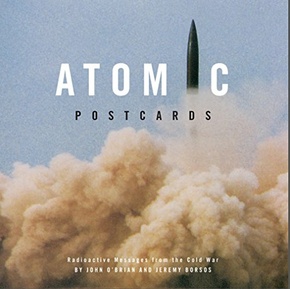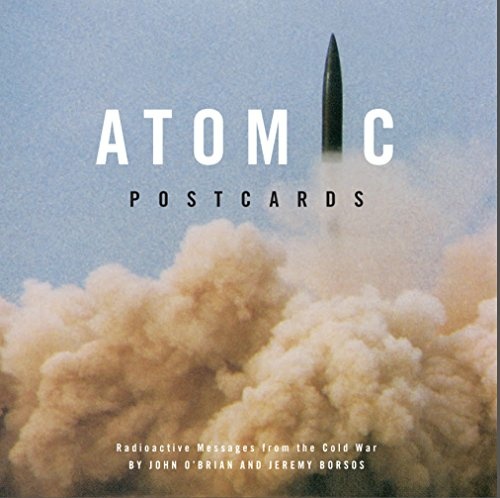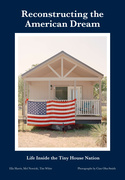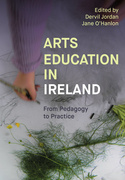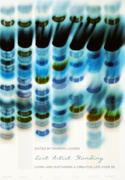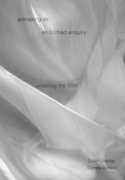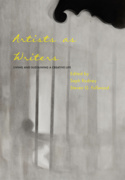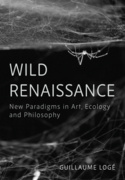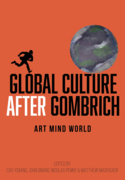Atomic Postcards (Book)
Radioactive Messages from the Cold War
Atomic postcards played an important role in creating and disseminating a public image of nuclear power. Presenting small-scale images of test explosions, power plants, fallout shelters and long-range missiles, the cards were produced for mass audiences in China, the United States, the Soviet Union and Japan, and they link the multilayered geographies of Atomic Age nationalism and tourism. From the unfailingly cheery slogans – 'Greetings from Los Alamos' – to blithe, handwritten notes and no-irony-intended 'Pray for Peace' postmarks, these postcards mailed from the edge of danger nonetheless maintain the upbeat language of their medium.
With 150 reproductions of cards and handwritten messages dating from the 1945 bombing of Hiroshima and Nagasaki to the end of the Cold War, Atomic Postcards offers a fascinating glimpse of a time when the end of the world seemed close at hand.Atomic postcards played an important role in creating and disseminating a public image of nuclear power. Presenting small-scale images of test explosions, power plants, fallout shelters and long-range missiles, the cards were produced for mass audiences in China, the United States, the Soviet Union and Japan, and they link the multilayered geographies of Atomic Age nationalism and tourism. From the unfailingly cheery slogans – 'Greetings from Los Alamos' – to blithe, handwritten notes and no-irony-intended 'Pray for Peace' postmarks, these postcards mailed from the edge of danger nonetheless maintain the upbeat language of their medium.
With 150 reproductions of cards and handwritten messages dating from the 1945 bombing of Hiroshima and Nagasaki to the end of the Cold War, Atomic Postcards offers a fascinating glimpse of a time when the end of the world seemed close at hand.Atomic postcards played an important role in creating and disseminating a public image of nuclear power. Presenting small-scale images of test explosions, power plants, fallout shelters and long-range missiles, the cards were produced for mass audiences in China, the United States, the Soviet Union and Japan, and they link the multilayered geographies of Atomic Age nationalism and tourism. From the unfailingly cheery slogans – 'Greetings from Los Alamos' – to blithe, handwritten notes and no-irony-intended 'Pray for Peace' postmarks, these postcards mailed from the edge of danger nonetheless maintain the upbeat language of their medium.
With 150 reproductions of cards and handwritten messages dating from the 1945 bombing of Hiroshima and Nagasaki to the end of the Cold War, Atomic Postcards offers a fascinating glimpse of a time when the end of the world seemed close at hand.
Edition
Atomic postcards played an important role in creating and disseminating a public image of nuclear power. Presenting small-scale images of test explosions, power plants, fallout shelters, and long-range missiles, the cards were produced for mass audiences in China, the United States, the Soviet Union, and Japan, and they link the multilayered geographies of Atomic Age nationalism and tourism. From the unfailingly cheery slogans—“Greetings from Los Alamos”—to blithe, handwritten notes and no-irony-intended “Pray for Peace” postmarks, these postcards mailed from the edge of danger nonetheless maintain the upbeat language of their medium.
With 150 reproductions of cards and handwritten messages dating from the 1945 bombing of Hiroshima and Nagasaki to the end of the Cold War, Atomic Postcards offers a fascinating glimpse of a time when the end of the world seemed close at hand.
John O’Brian is professor of art history at the University of British Columbia.
Jeremy Borsos is a visual artist whose exhibitions have been reviewed in Art in America and Canadian Art.
'fuses the almost inherently banal form of the canned tourist dispatch with the incipient peril, and nervously giddy promise, of the nuclear age.' - Slate.com

